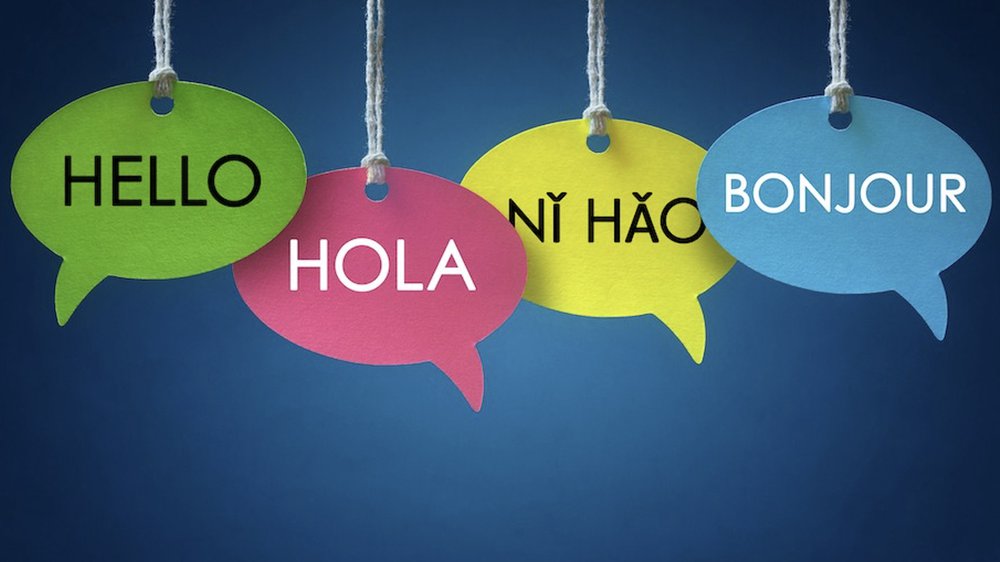My Journey Toward Dual Language
My journey toward a second language began when I was in middle school. I have always loved language and was excited to start learning Spanish. Little did I know I would continue that journey through college. I took nearly ten years of Spanish classes, which changed my career trajectory.
My first teaching interview happened at the elementary school I attended. As luck would have it, I took on the role of my former teacher, Mrs. McDonald.
However, an additional role was added to my plate outside of teaching 4th grade. The school hired me as the liaison for parents and students who needed English support. I made Spanish interpretations, held parent-teacher conferences, and made phone calls to parents as required by the entire school building.
Being bilingual changed my career path and made me more marketable. All those years of Spanish classes created a wider net of opportunities for me.
Thinking In Two Languages
One area of interest that caught my eye this year is how we can “think” in two languages. Although we talk about reading, writing, and speaking, it is rare to discuss the topic of “thinking” in two languages.
If you are bilingual, do you ever merge languages when you speak? Do you see something and think about it in two languages?
Were you ever upset with someone and made comments to them in your native language? I’ve repeatedly seen this behavior in my husband’s family (they speak another language fluently). I’ve also seen it in movies as well as in music.
The capacity to learn a language has left those that study language with many questions. However, you can break language development and how we think into four different categories, including:
- Cognitive Development: The ability to think, problem-solve, and make decisions.
- Learning: We are not born with a language; instead, we learn by hearing and engaging using auditory and vocal means.
- Rapid growth: As we learn a language, the faster our minds may be able to work.
- Future opportunities: Many people who speak two languages might have more career doors to open.
- Easier to learn another language: When you have one language down fluently, it is easier to learn another language (especially when you’re young).
I “think” in two languages all of the time. For example, when I’m grocery shopping, reading signs, or simply hearing others speak—I have found myself translating words into Spanish. I’ve done this type of translation so often that sometimes I don’t realize I’m doing it.
According to the U.S. Census Bureau, 21.6 percent of people in the U.S. speak a language other than English at home —that’s 1 in every 5 adults. Also, nearly 68 million people spoke a language other than English at home in 2019.
How Language Can Shape Our Lives
I wanted to understand better how a native Spanish speaker thinks in two languages. I had the opportunity to interview Martha Carrasco-Salazar last month, and I think you will enjoy her “thoughts” and story as we take a closer look into this phenomenon.
Robyn Shulman: What did you do for the length of your career, and can you tell me about yourself?
Martha Carrasco-Salazar: I taught Spanish grades in grades 6th-12th. I quit teaching after 18 years. I am a former Spanish teacher, born and educated in Mexico. I currently work as a private tutor, as well as an instructor for my local community college.
Shulman: When did you become interested in learning English?
Carrasco-Salazar: I became interested in the English language at around age 7 when my older brothers started taking English lessons at school. I’d spend hours browsing through the books and asking my brothers to teach me what they were learning.
Shulman: Did this love of learning bring you toward the teaching profession?
Carrasco-Salazar: Yes, eventually, I became an elementary teacher at home, at night, and during the summer. I took classes to become an English teacher.
Shulman: Was teaching your first interest in a career?
Carrasco-Salazar: My original dream was to work as an interpreter for the United Nations. It turned out to be alright since I worked for the Mexican Consulate in New York for four years to coordinate the Adult Education Programs for the Mexican community.
Shulman: Did you ever have a time when you thought you were losing your native language as you were speaking English all of the time for work?
Carrasco-Salazar: It was scary to think I could be losing my native tongue if I didn’t make an extra effort to keep speaking, stay informed of the latest news in Mexico, and read a good novel in Spanish.
Shulman: Did you travel home often to find it was critical to hold onto your first language?
Carrasco-Salazar: Yes, going back home more often has kept me in touch with the newest language expressions, cultural issues, and visiting with my dear friends and family.
Shulman: Can you share a story about the benefits of speaking dual languages?
Carrasco-Salazar: I’ve gained much more confidence in my personal relationships with English and Spanish speakers alike. While visiting friends in New York, we saw one of my husband’s best friends. He mentioned my confidence in keeping up with the conversation and integrating myself into the family dynamics. This happened 12 years after he first met me when I was so insecure about my English language speaking abilities.
Shulman: Thank you for sharing your story with us.
About the author

Robyn D. Shulman is a writer, editor, educator and the Growth Marketing Manager for Summit K12 – where they empower learners and support teachers in the ESL/Bilingual and Dual Language Field. In 2018, she won LinkedIn’s Top Voice, and she is a former contributor to Forbes, where she covered education and entrepreneurship. Please follow Robyn, our page, and please share this article with those would benefit.










